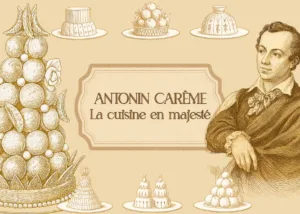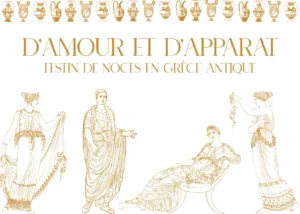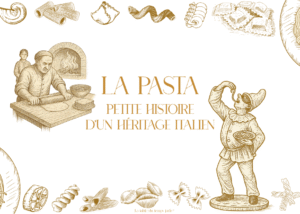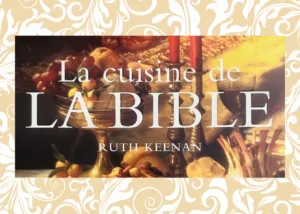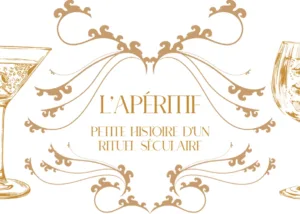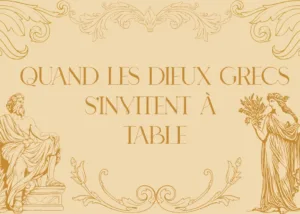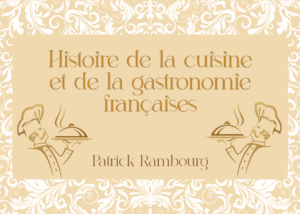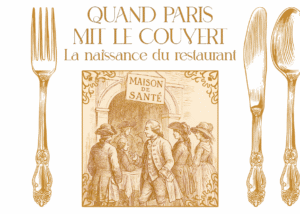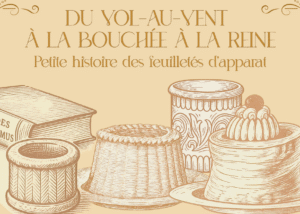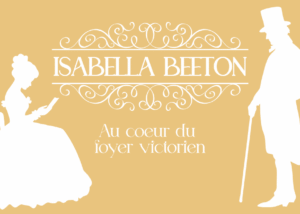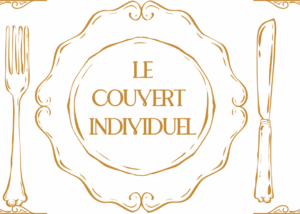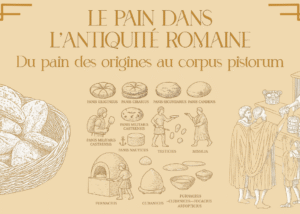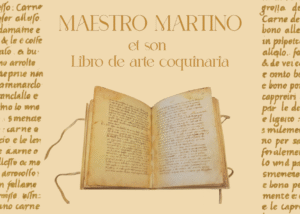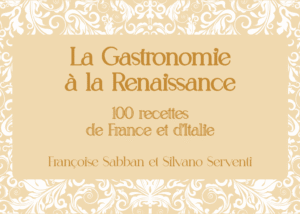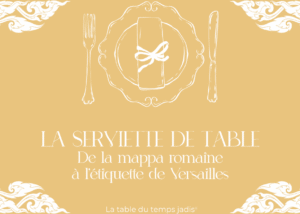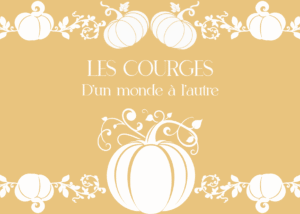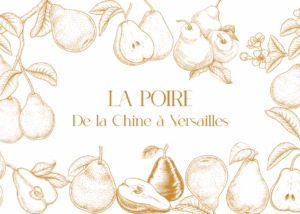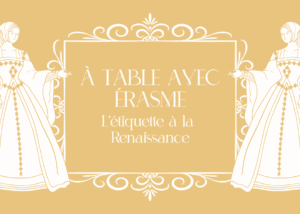The fork
From Byzantium to Versailles, the tumultuous route of a refined gesture

Before being so familiar to our hands, the fork was long shunned, deemed useless, arrogant, even immoral. His path to the western table, from Byzantium to Versailles , was strewn with suspicion, resistance and transformations. Because to adopt this utensil was also changing its relationship to the body, food ... and the world.

From Byzantium to Venice: the utensil that scandalizes
It was in the 11th century that the first scandal resounded around the fork took place. A Byzantine princess, Maria Argyropoula , from an illustrious imperial line, married the son of the Doge of Venice. During their sumptuous wedding banquet, she attracted the clergy by using a gold fork with two teeth to bring food to her mouth.
A Venetian preacher moved publicly: "God, in his wisdom, gave man natural forks: his fingers. The use of a metal object between the hand and the mouth was perceived as an affront to the divine order. Worse still, the disturbing resemblance to the devil's fork fed religious suspicions. For some monks, this practice was vanity, even damnation. Eating with a fork became an act of symbolic rupture : against tradition, against simplicity, against God himself.

Italy, between refinement and rejection
In Italy , the fork continued its slow path in the 13th century . The great cities of the peninsula - Venice , Florence , Naples - have discreet ambassadors. In these refined environments, culinary art is sophisticated: delicate sauces, syrup fruits, sweet sweets ... The two teeth fork , sometimes in gold or worked horn, allows a more elegant tasting.
But the object remains confined to the most aristocratic tables. The clergy continues to oppose it a moral of simplicity , valuing the proximity of the fingers with the food, as in the time of Christ. Eating by hand is touching the sacred . The fork, in contrast, becomes a symbol of ostentation , a sign of an elite in search of distinction .
As for Catherine de Médicis , often quoted as that which would have introduced the range in France in the 16th century , it seems to have above all reinforced an already existing use in certain courtyards. Through her banquets and her Florentine culture, she helped make this object an emblem of refinement , without imposing it on a daily basis.

In France, the long learning of a new gesture
In France , forks appeared in royal inventories from the 14th century . Jeanne d'Évreux and Charles V had, but their use remained limited to candied fruit or sticky dishes. In 1574 , a two teeth fork was among the royal treasures, reserved for the tasting of the cooked pears . At the Valois Court , some three -teeth become fashion objects, associated with a new aesthetic of the gesture.
However, the meal remains a tactile moment, shared, structured by bread, fingers, physical proximity . Introducing a fork supposes rethinking this relationship to the body, controlling your movements, adopting a new ritual. Louis XIV himself preferred to eat with his fingers, which he wiped on a damp towel after each dish. In Versailles , the hierarchy of services dominated that of the utensils.
But mentalities change. The philosophers of the Enlightenment , sensitive to the ideas of measurement, control and hygiene, promote the use of the fork as a civilized gesture . In Parisian salons, it becomes a marker of distinction, a discreet sign of self -control , in contrast to instinctive impulses.

From the rare object to the symbol of civilization
What made the fortune of the fork is not so much its usefulness as its symbolic value . Three teeth, then four teeth from the end of the 18th century , a longer handle, a more careful manufacturing: it adapts to the tastes of a rising bourgeoisie in search of social codes.
The church, until the 18th century , still saw in it an instrument of temptation , of excessive gluttony. But the manuals of civility gradually integrate him into the rules of well-being. It becomes an education tool: bring food with precision, in silence, the wrists near the body. Each gesture at the table becomes a signal of social belonging .
The French Revolution then the 19th century democratized these uses. The fork leaves the palaces for the bourgeois, then popular interiors. It embodies a society where individual space replaces the shared table, where utensils define how to stand. It also marks the separation between man and his food, between nature and culture, between instinct and decorum.
Long deemed superfluous, the fork has turned our noise without noise. Behind this simple object of steel or silver hides a slow conquest: that of the restraint on the momentum , of refinement on the instinct . Each era shaped it in its image, between sacrilege, fashion and civility . By inviting herself to the table, she has not only changed our way of eating - she carved an art of living .

Find other blog articles
Find other blog articles





